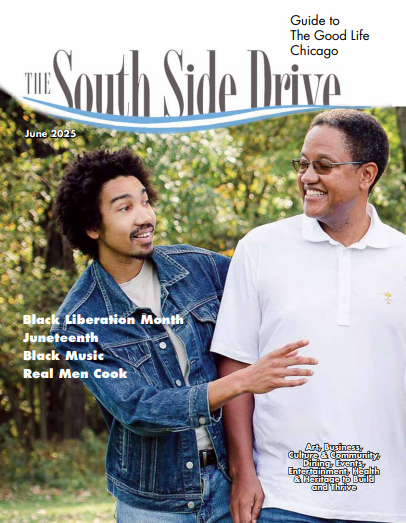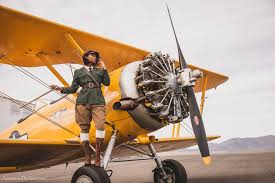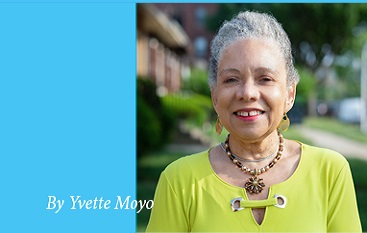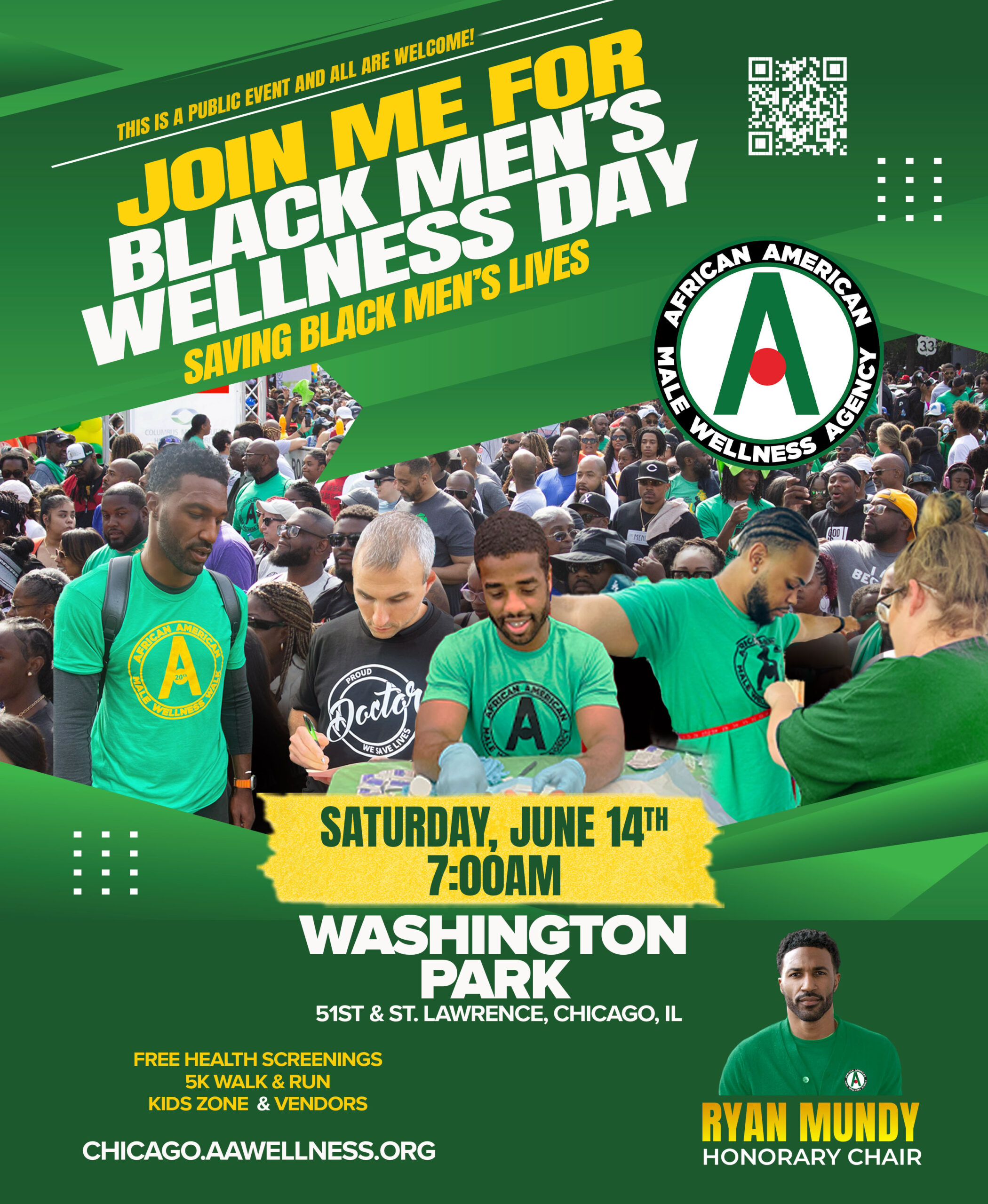We all know about Bessie Coleman, the first African American woman to earn an international pilot’s license. At that time, America wasn’t ready for a Black pilot, so Bessie Coleman had to go to France to receive her flight training. Bessie Coleman not only excelled as a famous stunt pilot, but she also advocated for Black and female pilots, resulting in today’s many Black women who have taken to the skies.
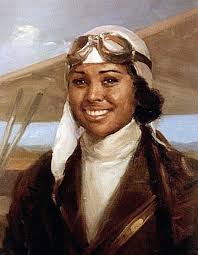
Bessie Coleman inspired women like Willa Brown. Although she was born in Kentucky, she moved to Chicago shortly after receiving her M.B.A. from Northwestern University. Although she taught in Gary, Indiana, for six years before making Chicago her home, we’ll still claim her as a Chicagoan. After all, it was in Chicago that she discovered flying and remembered the woman who inspired her by helping to organize a memorial flight to honor Bessie Coleman in 1935. Three years later she earned a private pilot’s license, and in 1939 she became the first African American woman to earn a commercial pilot’s license. Thus, Willa became the first African American woman to receive either of those licenses.
Brown was a civil rights activist, and she lobbied the government as an advocate for integration of Black pilots into a then-segregated Army Air Corps and federal Civilian Pilot Training Program (CPTP).
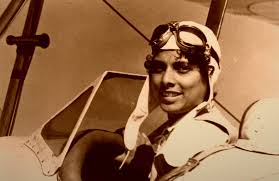
Brown and Cornelius Coffey (who later became her husband) founded the Coffey School of Aeronautics, which provided flight training to Black men and women.
Black women continued to soar and excel in the field of Aeronautics. The second woman to hold a commercial pilot license was Janet Harmon Waterford Bragg. Like Willa Brown, Bragg, who was born in Griffin, Georgia, made Chicago her home shortly after graduation from Spelman College in Atlanta Georgia. She learned to fly at the Curtiss Wright Aeronautical University, a segregated Black aviation school managed by John C. Robinson and Cornelius Coffey (who later founded the Coffey School of Aeronautics, along with Willa Brown).
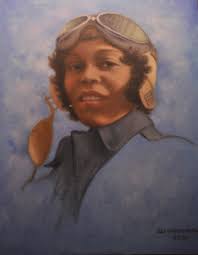
These were the Black female pioneers of the sky. They had to fight their way into flight training. The WASP Program (Women Airforce Service Pilots) was a government program, yet in 1943, Janet Harmon Bragg was denied an interview, and the only reason that had to be given and was given was because she was Black. Her application to the military nurse corps was also rejected, because she was Black. She persevered and enrolled in the Civilian Pilot Training Program at Tuskegee Institute in Tuskegee, Alabama. There she completed her coursework, passed her examination and flight test, and was denied a pilot’s license in Alabama for being “a colored girl.” She finally managed to receive a license at Pal-Waukee Field, Illinois.
Because women like Bessie Coleman, Janet Harmon Bragg, and Willa Brown, in spite of the discrimination and limited opportunities, reached for the sky. Because they demonstrated resilience and determination in overcoming systemic barriers to achieve their dreams, today many Black women are making significant contributions to aviation, serving as pilots, engineers, and other professionals in the industry.
Pilots aren’t the only careers Black women can pursue in the field of aviation. There are also on-the-ground careers. Join the CDA (Chicago Department of Aviation) on May 1 for their 4th Annual Airport Expo and Job Fair.
